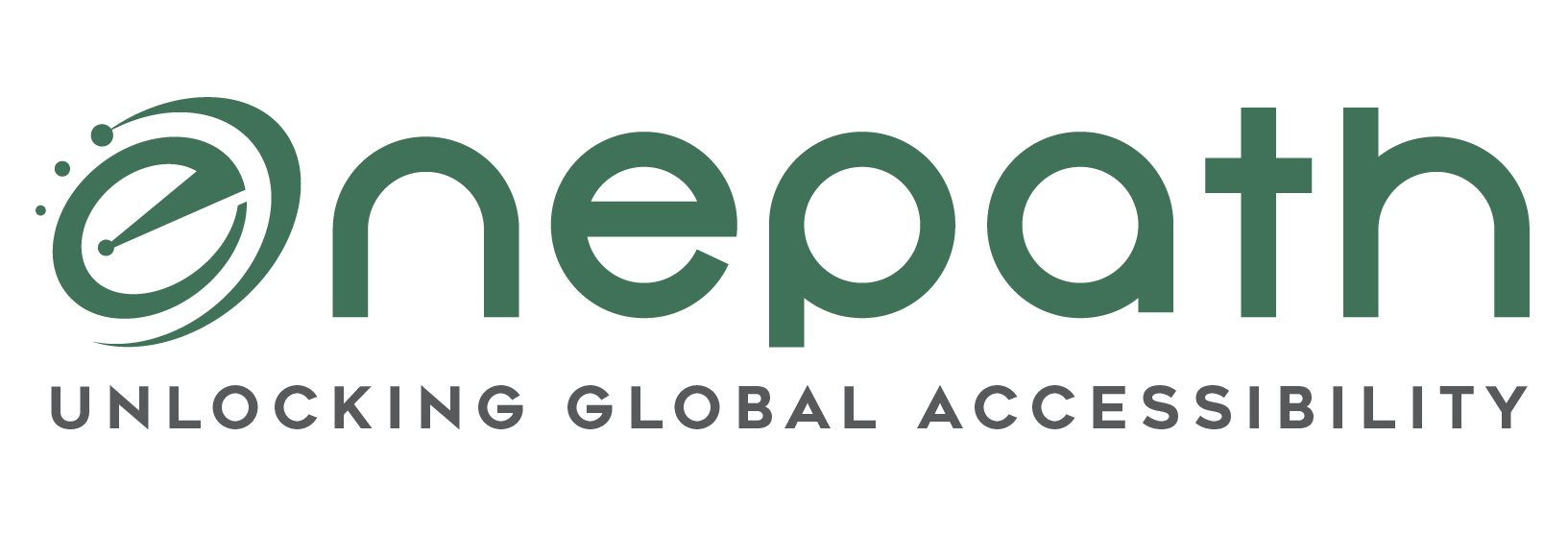“There is so much pull and interest on this right now that comes from a recognition that, ‘Wow, we can use this to change the fundamental model of how we operate to create our future.”
This was from the Chief Digital Officer at a globally known bank.
I wonder if there are any ideas as to the subject in question.
I wonder if any of them have said Bitcoin. Yes Bitcoin. This will change our future? Hope that raised some eyebrows.
The institutions that are now becoming involved are generally not interested in selling goods for Bitcoins or owning the virtual currency. They are, instead, looking at the network and software that underpin Bitcoin that make it possible for it to move information around the world instantly, securely and for free.
The technology that is being looked at is called Block Chain.
The key to the Block Chain is that it is fully distributed. It uses this methodology to make things more secure, more reliable and more accurate.
Until now, digital transactions have always gone through some sort of central authority that can move the money and update the records on both sides — think PayPal. The Bitcoin network, using the Block Chain, on the other hand, is run by a decentralized network of users who jointly keep track of transactions and update the records in real time, sometimes described as a Peer to Peer network, a term often used alongside Fully Distributed.
Name coin is another P2P system almost identical to Bitcoin. Instead of currency, it functions as a decentralized replacement for the Internet’s Domain Name System. The D.N.S. is the essential “phone book” that translates a Web site’s typed address.
There are email systems that do something similar, whether for security or ability to stop spying and hacking.
What unites these all together is the power and communality of the ‘end points’, working as one, using a Fully Distributed platform, passing information to each other, validating and securing that information, whether streamed, spoken or mailed. The points further ensure that that there is no way to change anything unless every single end point is changed at the same time in the same way. In case you have not guessed it, this is pretty much impossible.
Without going into too much more of the technical aspects of block chain (but hoping you read more) , it is worth reflecting that the increasing usage of Fully Distributed networks , usually on a private peer to peer basis to do some of the things detailed above, is having an increasingly important impact in several different markets.
Markets as diverse as music performing rights payment, content delivery and in our case voice transmission all use this methodology.
In every case, not only is it more secure to pass the information from defined peer to defined peer without a ‘center’ as such, it also means that any information has multiple secure routes to follow to get there.
Indeed, the new Trader Voice market entrant, enepath, is using a Fully Distributed platform to challenge a lot of what has existed traditionally in the market and taking its Adaptive Media Platform, to provide a more secure and more reliable solution, which also happens to cost less to assemble, can grow easily as end points can be added one at a time, with each addition improving the reach and power of the (Distributed) network and works easily on any LAN or WAN irrespective of size or geographical dispersion.
An interesting point to note is that this is not a fundamentally new concept, even if the software to make it possible is rather newer. If we go back into the 1960s to look at Paul Baran – an engineer who joined the RAND Corporation in 1959.
From Wikipedia – “Baran took on the task of designing a ‘survivable’ communications system that could maintain communication between end points in the face of damage from nuclear weapons.” He went on to become one of the inventors of the packet switching network, one of the key technologies that underpin the Internet. He also articulated the key differences between centralized and distributed networks. In terms of “survivability,” centralized networks expose a vulnerable “single point of failure” not present in distributed networks.
I wonder if he knew that the world would start to come full circle. I think we may start to hear more of him and his ideas in the not too distant future, as more and more become aware of the application of this technology.
It might even be worth asking what you are doing and what your systems are using. It never hurts to be more secure and more reliable in today’s world.

